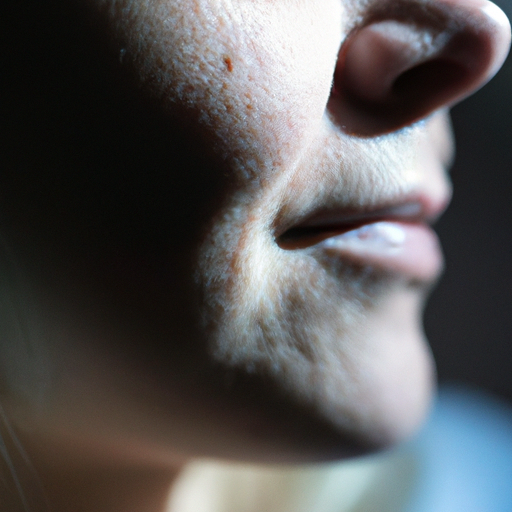As a medical professional, I often encounter patients who are grappling with the discomfort and frustration of dry skin. This common condition can be a mystery to many, but with a comprehensive understanding of its causes, diagnosis, and treatment, it can be effectively managed.
Dry skin, medically known as xerosis cutis, is characterized by a lack of the appropriate amount of water in the most superficial layer of the skin, the epidermis. While dry skin tends to affect hands, arms, and lower legs most frequently, it can appear anywhere on the body. Symptoms can range from a feeling of skin tightness and roughness to more severe signs like itching, flaking, cracking, or even bleeding.
The causes of dry skin are multifactorial. Environmental factors such as cold or dry weather, low humidity, and excessive washing without the use of moisturizers can contribute to dry skin. Certain diseases like hypothyroidism, diabetes, atopic dermatitis (eczema), psoriasis, and seborrheic dermatitis can also cause dry skin. Aging is another factor as the skin naturally tends to become drier as we age due to a decrease in oil production.
Diagnosing dry skin is usually straightforward. As a doctor, I typically rely on a patient’s history and a physical examination. In some cases, if an underlying condition is suspected, additional tests such as blood tests or skin biopsies may be required.
Treatment for dry skin primarily involves replenishing lost moisture and protecting the skin from losing further moisture. This can be achieved through several strategies. Firstly, it’s crucial to hydrate from within by drinking plenty of water. Secondly, using gentle, fragrance-free cleansers instead of harsh soaps can prevent stripping the skin of its natural oils.
Moisturizing is a key step in treating dry skin. It’s best to apply a moisturizer immediately after bathing while the skin is still damp to lock in moisture. Look for products that contain ingredients like hyaluronic acid, glycerin, lactic acid, or ceramides, which are effective at hydrating the skin.
In severe cases, or when dry skin is caused by a medical condition, prescription creams or ointments may be necessary. These might include topical corticosteroids or immune modulators, which reduce inflammation and irritation.
Lifestyle modifications can also be beneficial. These include using a humidifier in dry or cold weather, avoiding hot showers and baths, and wearing soft, breathable fabrics.
In conclusion, while dry skin can be a bothersome condition, it’s typically not serious and can be managed effectively with the right understanding and care. If you’re struggling with persistent dry skin, don’t hesitate to seek medical advice. As a doctor, my goal is to help you understand your skin better and provide you with the tools to manage your condition effectively. Unmasking the mystery of dry skin is the first step towards achieving healthier, more comfortable skin.



